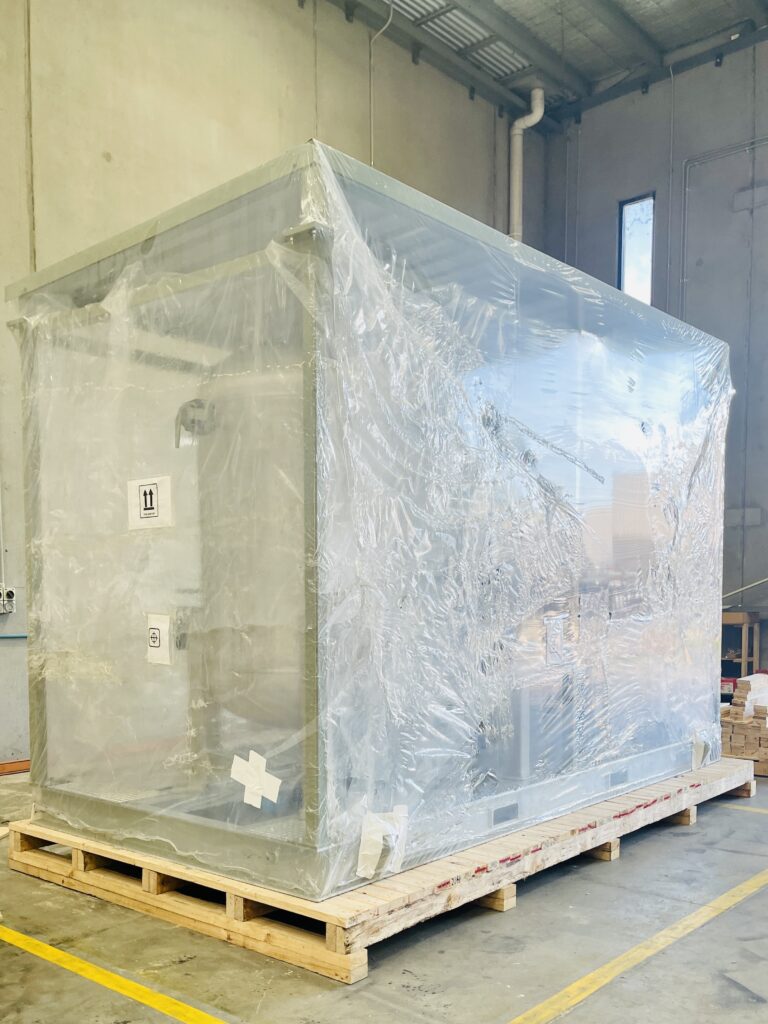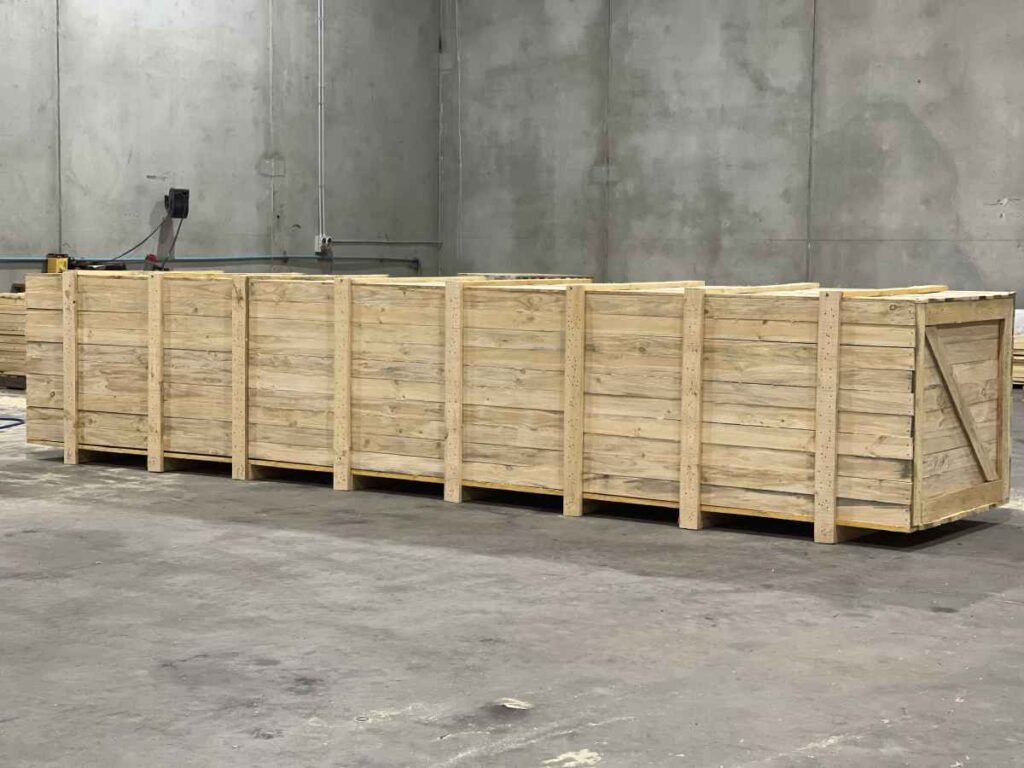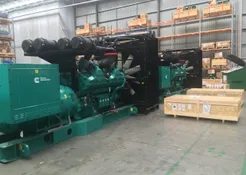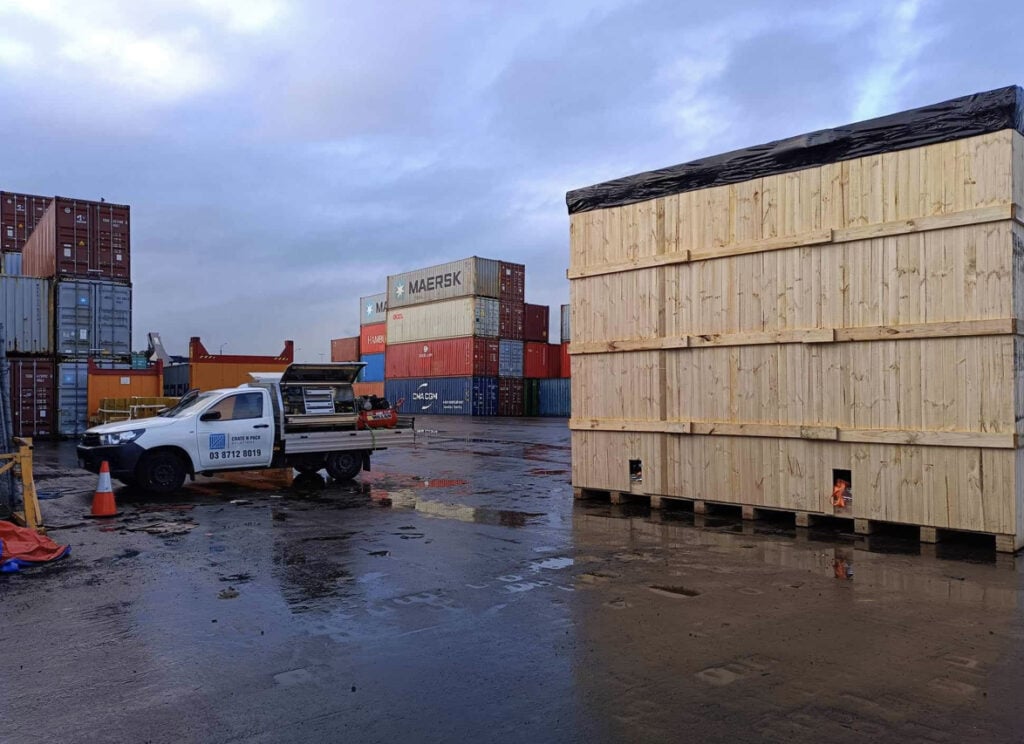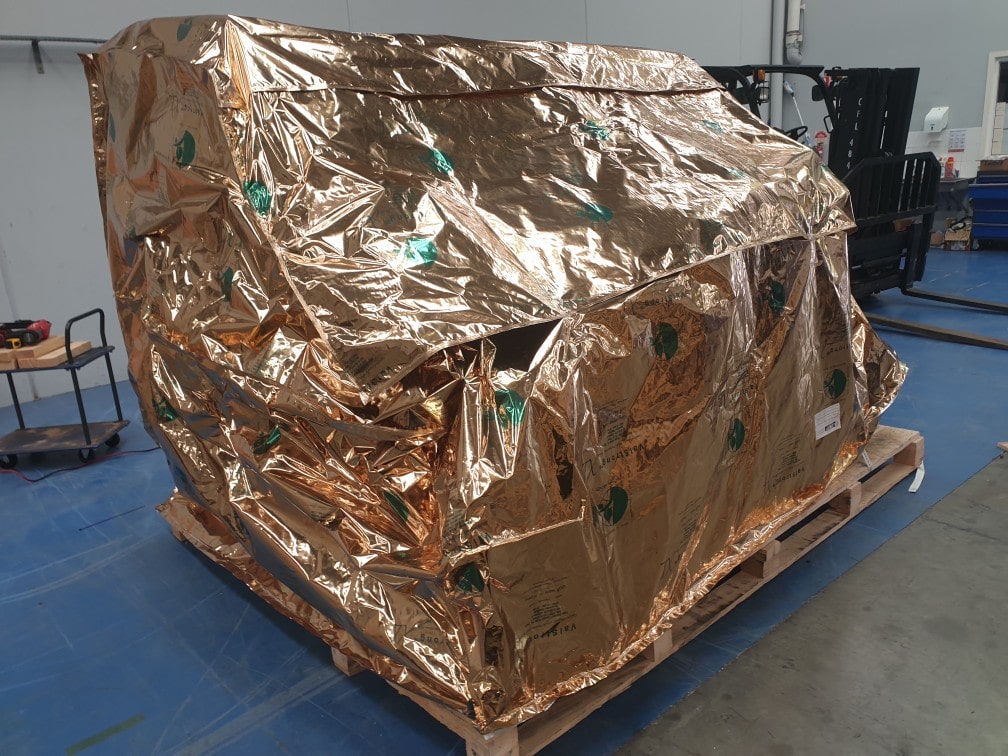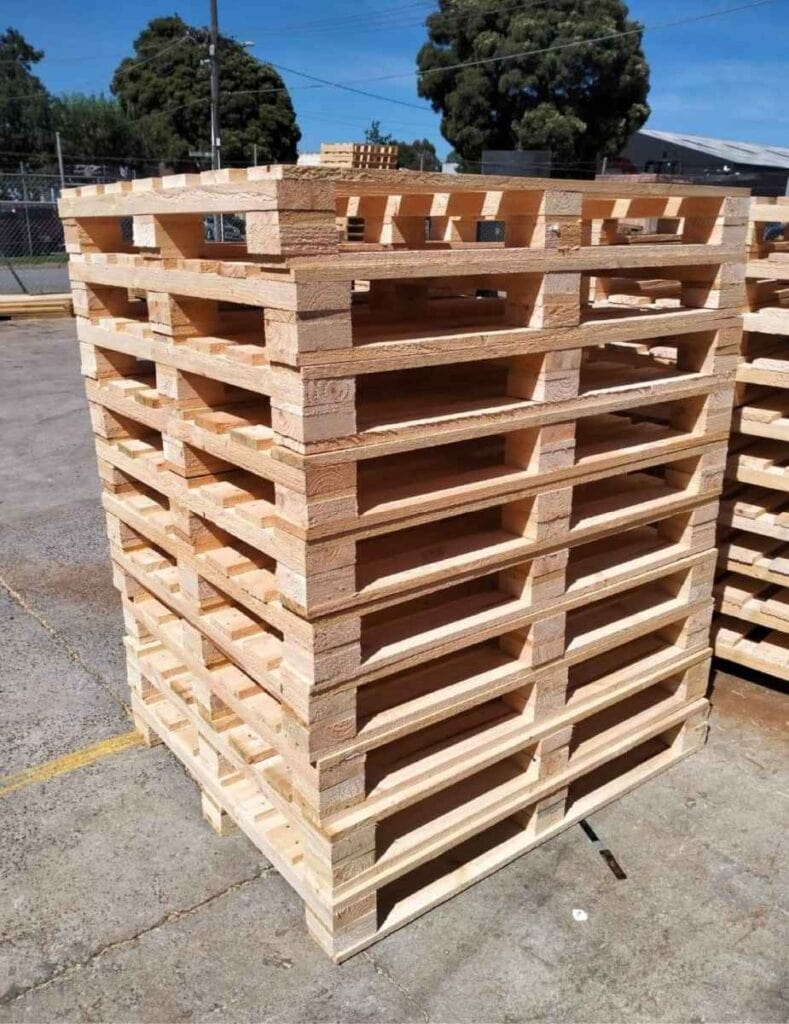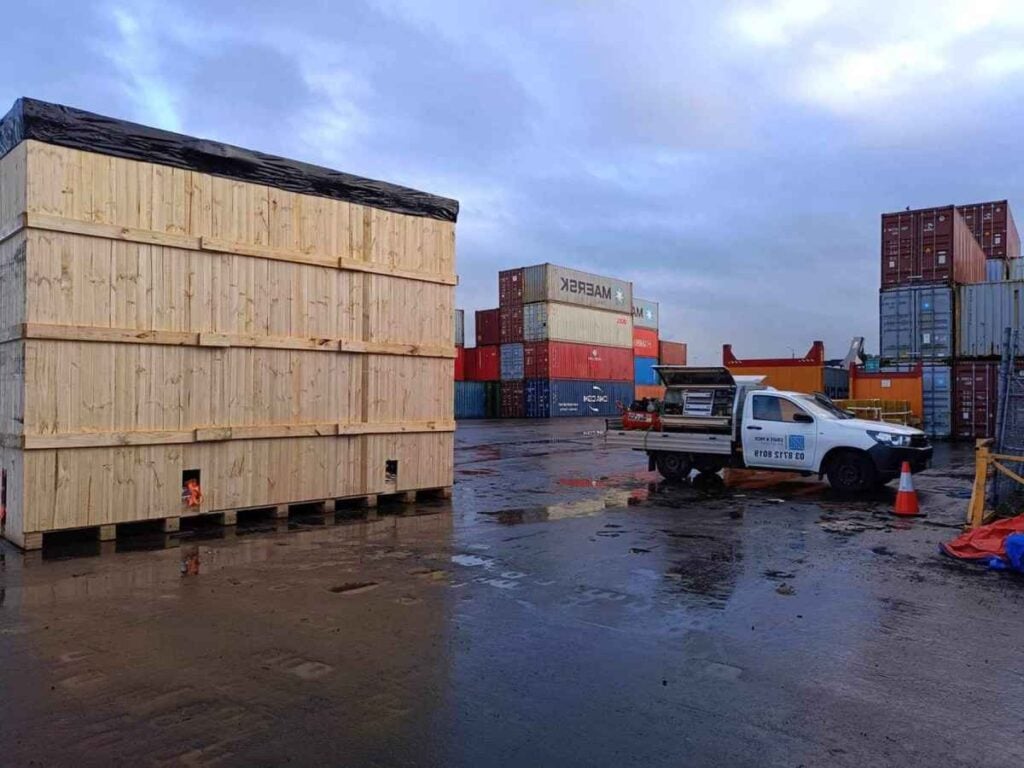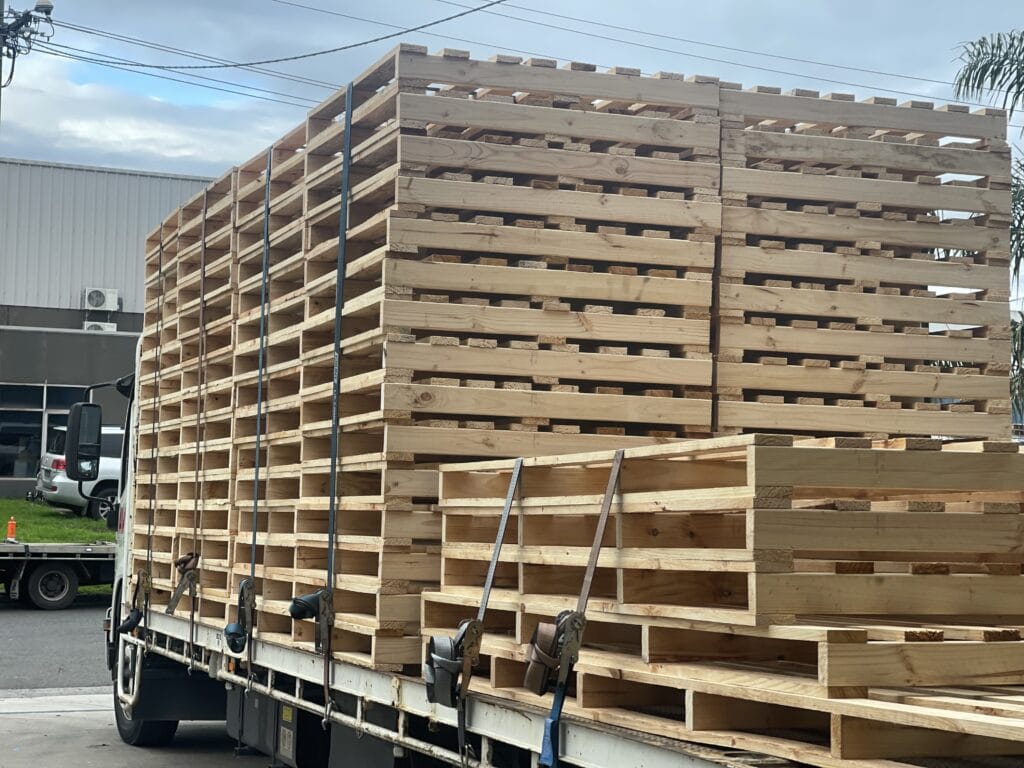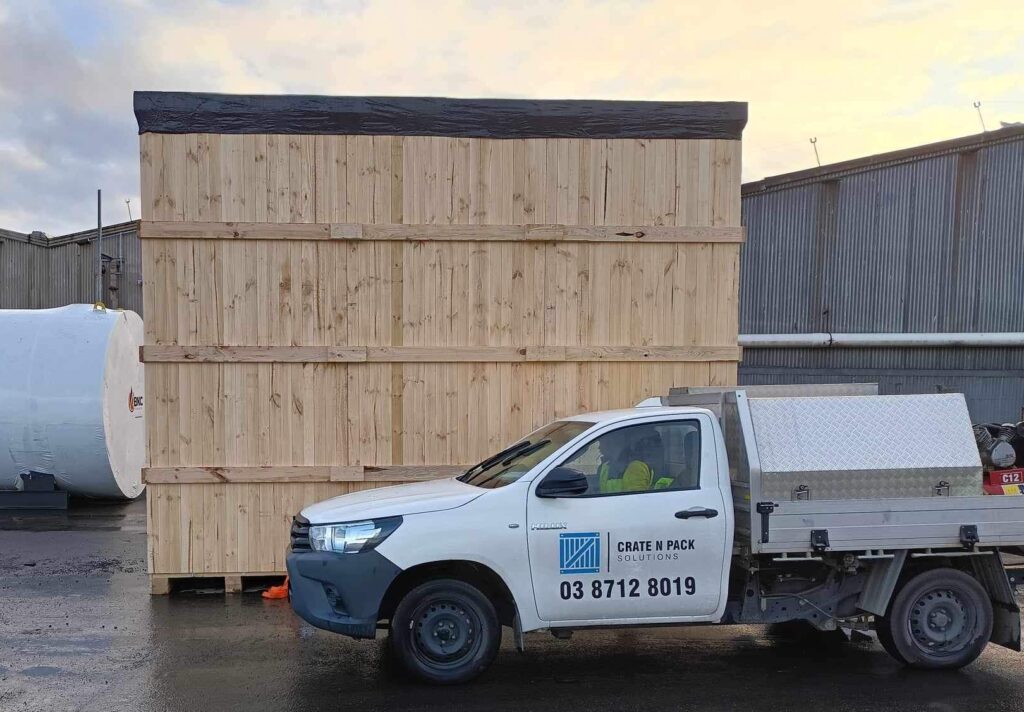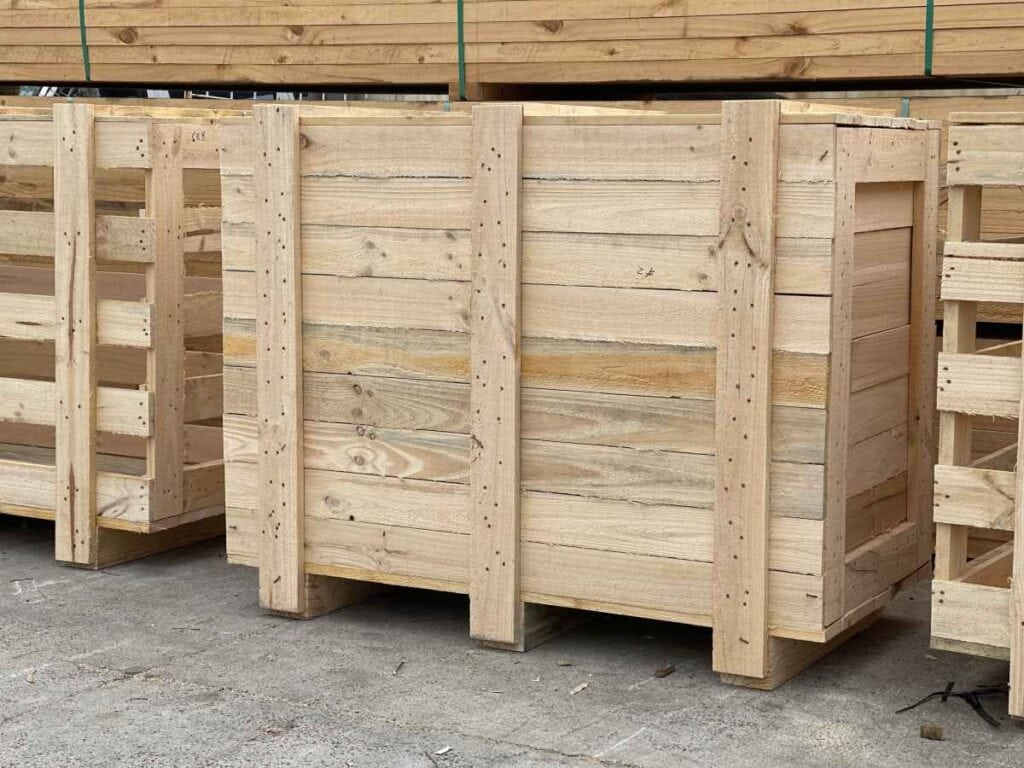Plywood Box Weight Limits: How Much Can They Hold?
Understanding the Weight Limits of Plywood Boxes
Plywood is a widely used material in packaging, shipping, and storage due to its strength, durability, and cost-effectiveness. When choosing a plywood box, one of the most important factors to consider is how much weight it can safely support.
Whether you're packing heavy machinery, fragile equipment, or general cargo, knowing the weight limits of your plywood box ensures safe transportation and storage. The weight capacity of a plywood box depends on multiple factors, including plywood thickness, construction method, timber base strength, and load distribution.
In this guide, we’ll break down these factors and explain how to determine the right plywood box for your needs.
Understanding Weight Limits: The Base vs. Sides, Ends, and Top
When assessing the weight capacity of a plywood box, it's important to differentiate between the timber base and the plywood sides, ends, and top—each plays a different role in the box’s structural integrity.
1. Timber Base – The Primary Load Carrier
The base of the plywood box carries the heaviest load as it directly supports the weight of the contents. Several factors influence the strength of the base, including:
- Timber type – Hardwood bases offer higher strength compared to softwood.
- Thickness of the base – A thicker base provides greater support.
- Use of bearers or skids – These distribute the weight evenly and improve forklift handling.
- Fastening method – Screws, bolts, and industrial adhesives enhance durability.
For heavy-duty applications, the timber base may need additional reinforcement, such as steel supports or extra bracing, to prevent bending or collapse.
2. Plywood Sides, Ends, and Top – Structural Stability
Unlike the base, the sides, ends, and top of the box are not designed to bear significant weight. Instead, they serve to:
- Enclose and protect the load from impact, dust, and moisture.
- Provide stability by preventing lateral movement inside the box.
- Resist stacking pressure (if reinforced properly).
Plywood thickness plays a role in determining how much lateral force these panels can withstand, but even thick plywood will fail under excessive weight if not reinforced properly.
Key Takeaways:
✅ The timber base supports the highest load and should be reinforced for heavy cargo.
✅ The plywood panels provide structure and protection but should not bear excessive weight.
✅ Proper bracing and reinforcements ensure maximum load-bearing capacity.
Factors That Impact the Weight Capacity of Plywood Boxes
1. Plywood Thickness and Type
The thickness and grade of plywood determine its strength and weight capacity. Standard thicknesses include:
- 6mm (1/4-inch) – Suitable for light-duty applications.
- 12mm (1/2-inch) – Provides moderate strength for general shipping.
- 18mm (3/4-inch) – Common for industrial packaging with heavier loads.
- 25mm (1-inch) – Ideal for heavy machinery and export crates.
Additionally, hardwood plywood and marine-grade plywood offer higher durability compared to standard softwood plywood.
2. Construction Quality and Reinforcement
Well-built plywood boxes can handle substantially heavier loads than poorly constructed ones. Key design features that improve strength include:
???? Corner Reinforcements – Metal brackets or extra timber at joints strengthen the box.
???? Screwed and Glued Joints – Combining screws and industrial adhesives boosts durability.
???? Internal Bracing – Additional support beams prevent flexing under heavy weight.
3. Load Distribution
A plywood box can only reach its full weight potential if the load is properly distributed. Some ways to ensure even weight distribution include:
✅ Placing heavier items at the bottom to create a stable center of gravity.
✅ Using internal dividers or padding to prevent shifting.
✅ Spreading the weight across the base rather than concentrating it in one spot.
How Much Weight Can a Plywood Box Hold?
While the exact weight capacity depends on construction and reinforcements, here are general weight estimates:
| Plywood Thickness | Estimated Weight Capacity |
|---|---|
| 6mm (1/4-inch) | 50–100 kg (110–220 lbs) |
| 12mm (1/2-inch) | 200–300 kg (440–660 lbs) |
| 18mm (3/4-inch) | 500 kg (1100 lbs) or more |
| 25mm (1-inch) | 1000 kg (2200 lbs) and above |
For heavy-duty applications, using reinforced timber bases, thicker plywood, and internal supports can double or triple the weight capacity of a standard plywood box.
Choosing the Right Plywood Box for Your Needs
When selecting a plywood box, consider the following:
✔️ Weight of the contents – Choose a box that comfortably exceeds your load requirements.
✔️ Shipping and storage conditions – Exposure to moisture, stacking, and transportation methods affect durability.
✔️ Custom reinforcement options – If your cargo is exceptionally heavy or fragile, additional bracing may be required
Common Questions About Plywood Box Weight Limits
1. What is the strongest type of plywood for shipping crates?
Marine-grade plywood and hardwood plywood offer the highest strength due to their dense composition and strong adhesive bonding.
2. Can plywood boxes be used for international shipping?
Yes, but they must comply with ISPM 15treatment regulations to prevent pest contamination.
3. Can a plywood box be stacked?
Yes, provided it is reinforced correctly. Internal bracing, thicker plywood, and stacking blocks help prevent crushing under weight.
4. How do I prevent my plywood box from collapsing under heavy weight?
Use a reinforced timber base, additional support beams, and metal brackets at stress points.
5. How can I increase the weight capacity of a plywood box?
Upgrading to thicker plywood, adding steel reinforcements, and improving joint fastening methods can significantly improve load-bearing capacity.
Final Thoughts
Plywood boxes are a reliable and cost-effective solution for shipping and storage, but understanding weight limits is crucial to prevent damage and ensure safety.
By choosing the right plywood thickness, reinforcement methods, and load distribution techniques, you can maximise the durability and strength of your plywood box. Whether you need a light-duty crate for air freight or a heavy-duty box for industrial shipping, knowing the weight capacity ensures you select the best option for your needs.
Need a plywood box built for your exact specifications? Contact us today for a custom solution!
Crate N Pack Solutions Ply Boxes
- Lead Times: Fast, with a commitment to quick turnarounds so you won’t be left waiting.
- Plywood Quality: We use high-quality, heat-treated timber that’s durable yet lightweight, offering the perfect balance of protection and affordability.
- Design: Customisable to meet your exact needs, ensuring you get only what’s necessary for the job. Our boxes are efficient, functional, and streamlined to provide the best protection without being over-engineered.
- Sustainability: We aim for smart, sustainable designs that provide long-lasting value. Our crates don’t sit unused – we ensure they’re functional and built to last.
- Client Experience: No more old, worn-out crates to pass on to clients. Our boxes are designed to look professional and perform exceptionally.
- Packing Services: Our team provides onsite packing to ensure your goods are safely packed and ready for transport. In-house training is available to help you and your team understand the best packing practices.
- Repairs: Low-maintenance, high-quality materials reduce the need for repairs, and our products are built for durability.
Local Melbourne Competitor 1: Over-Engineered Boxes with Long Lead Times
- Lead Times: Customers often face long waiting periods, leading to delays in their supply chain.
- Plywood Quality: The plywood used is thicker than necessary, making the boxes heavy and expensive, which impacts the cost-effectiveness of shipping and handling.
- Design: Over-engineered, leading to unnecessary costs and forcing customers to over-order just to meet "minimum" requirements, ultimately resulting in surplus boxes.
- Sustainability: Old crates often end up with clients, reflecting poorly on the business and increasing waste.
- Client Experience: Customers receive bulky, cumbersome crates that are difficult to store and pass on, leading to dissatisfaction and unnecessary waste.
- Packing Services: No mention of onsite packing services, and no dedicated training offered for packing staff.
- Repairs: Frequent need for repairs due to over-engineered designs that don’t suit the actual packing needs.
Local Melbourne Competitor 2: Low-Quality Plywood and No Support
- Lead Times: Also face long lead times, delaying shipments and impacting your operations.
- Plywood Quality: They use thin, flimsy plywood off cut pieces to cut costs, with some materials being so thin that cardboard is thicker. This compromises the protection for your goods, especially for delicate or high-value items.
- Design: Lack of packing timbers as standard means additional costs for customers. The thin plywood doesn’t provide sufficient protection, increasing the risk of damage.
- Sustainability: Frequent repairs due to the poor quality of the materials used. These crates are not built to last, creating waste and additional expenses.
- Client Experience: No in-house packing training or support, leaving you to figure out how to pack effectively. Customers may have to invest more time and money into repairs or replacements.
- Repairs: High levels of repairs due to poor-quality materials and lack of proper reinforcement.
Why Choose Crate N Pack Solutions?
- Faster Lead Times: Unlike competitors, we pride ourselves on quick turnaround times to keep your operations running smoothly.
- Optimised Design: We balance durability, weight, and cost to offer crates that meet your exact requirements, without the unnecessary extra cost of over-engineering or the poor protection of thin plywood.
- Client-Centric: No more leftover crates to deal with. We ensure that each crate is built to last and designed to meet the specific needs of your products, avoiding waste.
- Packing Expertise: Our experienced team provides onsite packing and can offer training to your staff, ensuring everything is packed properly and efficiently.
- Sustainability and Value: Our products are built to reduce the need for repairs and offer long-term value, helping you reduce waste and extra costs.
Crate N Pack Solutions is all about providing smarter, more sustainable, and cost-effective timber packaging solutions with excellent service, so you don’t have to compromise on quality or customer satisfaction.

